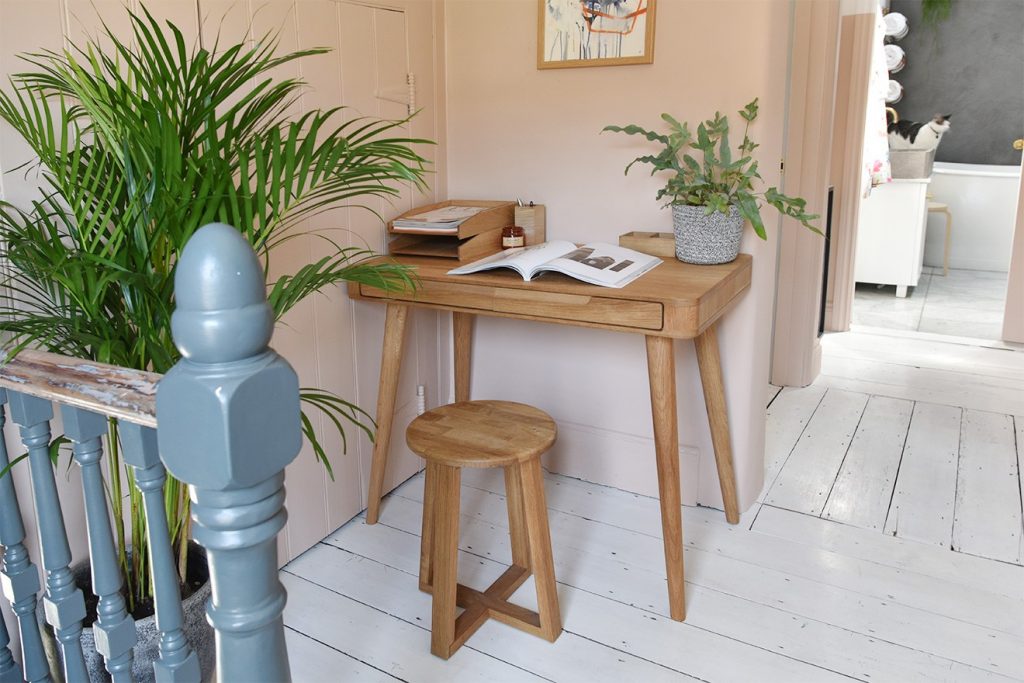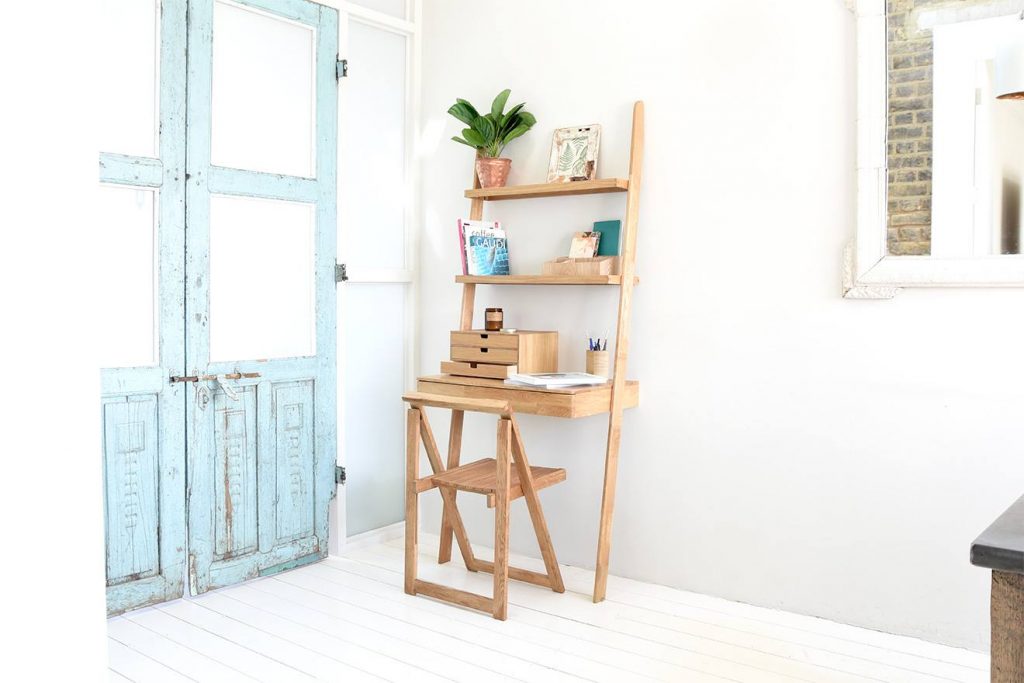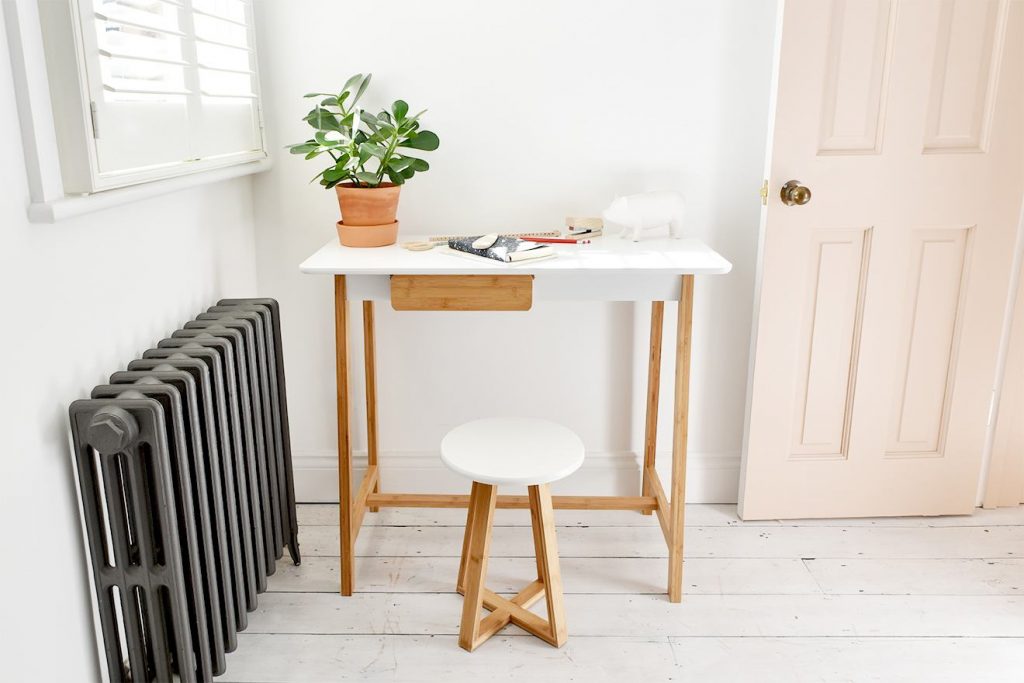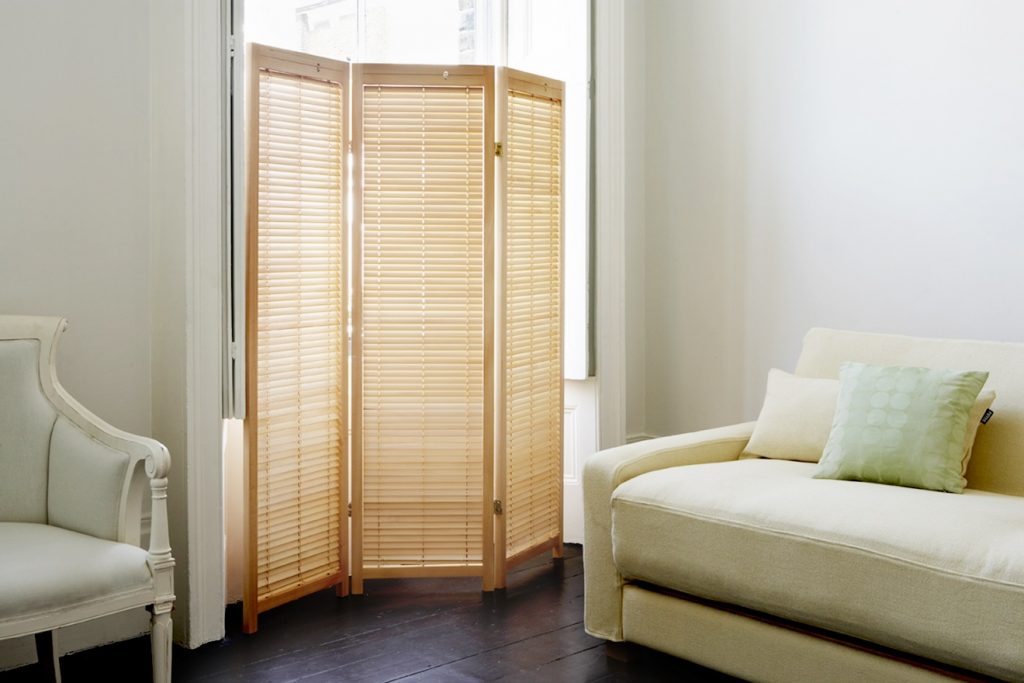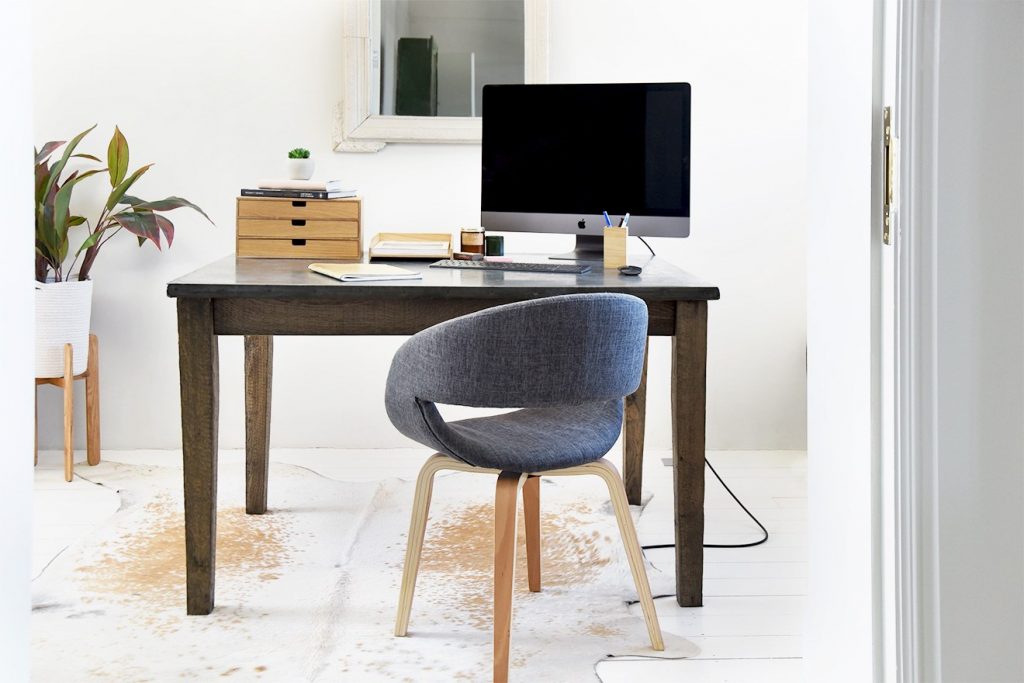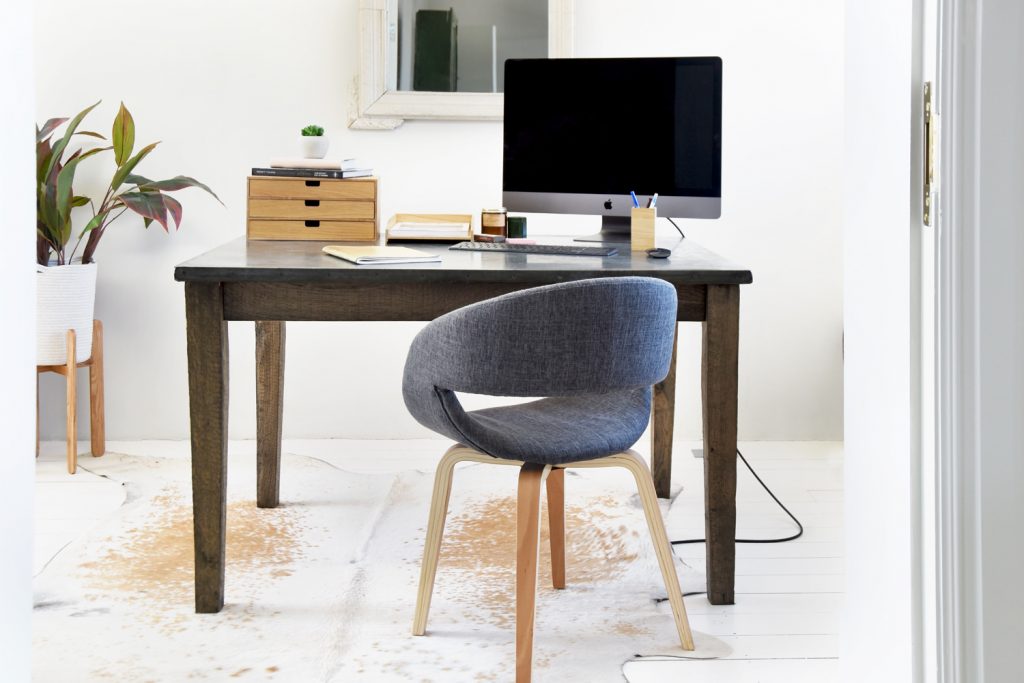
COVID-19 has impacted our lives in so many unexpected ways – some good, some not so good, some surprising. One of the most notable things we’ve heard our friends talking about over the past few month is space and privacy (or lack of it) – especially for those living in open plan houses. So when we came across the article Get into the zone by Hugh Graham, it rang a familiar bell!
Says Hugh: Social distancing isn’t just required on the streets – it is badly needed in the family home right now. Especially those with open-plan layouts, which means most British homes: 67% of those built since 2003 have combined living/ dining areas. These flowing layouts are supposed to promote togetherness and reduce claustrophobia, but when families are forced to share one space and the same wifi, the lack of walls is driving people up the wall… With open-plan living you don’t get the ebb and flow of spending time alone and together. Says Ruth Dalton, professor of architecture at Lancaster University: Lots of people find open-plan living incredibly stressful. In a normal house you can shut the door, but if you are all there you are losing control of your environment. The same problems occur in prisons, which your home might feel like right now. Apparently lack of private space was found to lead to more aggressive behaviour in communal areas. So we need to start talking about zones – how to establish boundaries in homes without any.
Top tips for thriving and surviving in one room:
• Look away: If everyone is looking in a different direction there is a sense of privacy – it gives you mental space. Having your own lighting is important too so you can each control your own environment. If you have to share a table, try to sit at opposite ends and sides so there is a diagonal line between you. Looking face to face is intense and confrontational. Another way of escaping a mental prison is to arrange your desk so that it has a view, preferably with trees, as this sort of set-up has been shown to reduce stress.
• Partitions: For rowdier families, facing in different directions may not cut it. Room dividers are the obvious answer, even if they provide no sound insulation. Freestanding bookshelves are one option. You can fill them with books and objects, and block yourself in as much as you like, or leave clear areas so there is still a view across your room. Or just rearrange the furniture. The simple act of facing your sofa away from your dining table could give you that sense of separation you crave. Another idea is to consider more low-tech partitions: makeshift curtains. Plant walls are the prettiest way to divide a room and can increase concentration.
• Fight your corners: If you don’t have the space for partitions, designate different corners of the room for different functions. A table in the corner facing away from everyone else could be a workspace and the opposite corner a play space, demarked by a rug. You could create a reading corner by surrounding a chair with tall plants.
• Bedroom/ office: Many homeowners are now turning bedrooms into offices. If you don’t have a desk, you could repurpose a dressing table, use a garden table or add a desk shelf… Yet it’s important to psychologically separate work and home life. Zone your bedroom and hide workstuff so you don’t see it when you’re in bed.
• Colour zones: If you have no physical barriers, then walls painted in different colours can be used to psychologically divide a room. In a bedroom you are using for a study you could paint walls a bold, bright colour in the corner with a desk, while sticking to a more neutral palette for the rest of the room.
• Quiet zones: Soften the din created by hard surfaces. Simple solutions include piling soft furnishings such as rugs on the floor, hanging thick curtain or replacing art with soft wall hangings.
Futon Company says: What an excellent article! There’s a mix of simple, practical and cost saving ideas here that we can all feel inspired by! If you’re grappling with trying to zone a small space for yourself and/ or others, our top tip is to invest in versatile furniture that has several uses and can be easily moved around and re-purposed for different uses.
